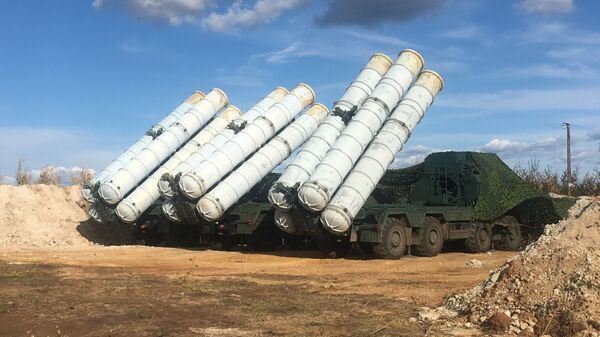In a major setback for the Trump administration, the Indian Air Force has conveyed to the Defence Ministry that it will not spend its resources on the American NASAMS-II networked air defence system, government sources told Sputnik.
The Indian Air Force favours home-grown ballistic defence systems comprising surface-to-air missiles instead of the US providing the necessary defence to secure strategic locations and assets from aerial threats.
“It is up to the government to decide whether it will go ahead with the negotiation or rely on [a] domestic system”, sources added.

The Trump administration proposed the system with the aim to persuade New Delhi to shun its $5.4 billion S-400 deal with Russia. Earlier this month, the US State Department reiterated that India must “forgo transactions with Russia that risk triggering sanctions under the Countering America’s Adversaries Through Sanctions Act”.
The Indian Air Force’s decision to rely on the two-layered Ballistic Defence System developed by the state-owned Defence Research and Development Organisation is aligned with a continuous drop in military spending in the country’s overall budget.
The US State Department had quoted $1.867 billion for the NASAMS, which is almost double what the Indian side estimated while issuing its acceptance of necessity in 2018.
Indian defence analyst Rahul Bhonsle has said that an overlap of India’s domestically-made system and America's NASAMS may not be integrated seamlessly. “So, what options the Ministry of Defence is envisaging are not clear at present”, he added.
Defence sources told Sputnik that the military modernisation budget will be cut down this year by at least 20 percent from the budgeted amount of $46 billion due to the economic slowdown and increased allocation to the social sector amid the pandemic.
The issue of efficient resource utilisation will also come up during the discussions when Indian Air Force commanders meet for three days from 22 July. The theme of the conference is "IAF in the Next Decade", where “the plan of action for operational capability enhancement of the IAF in the next decade will also be discussed”, an Indian Air Force spokesperson said on Tuesday.





